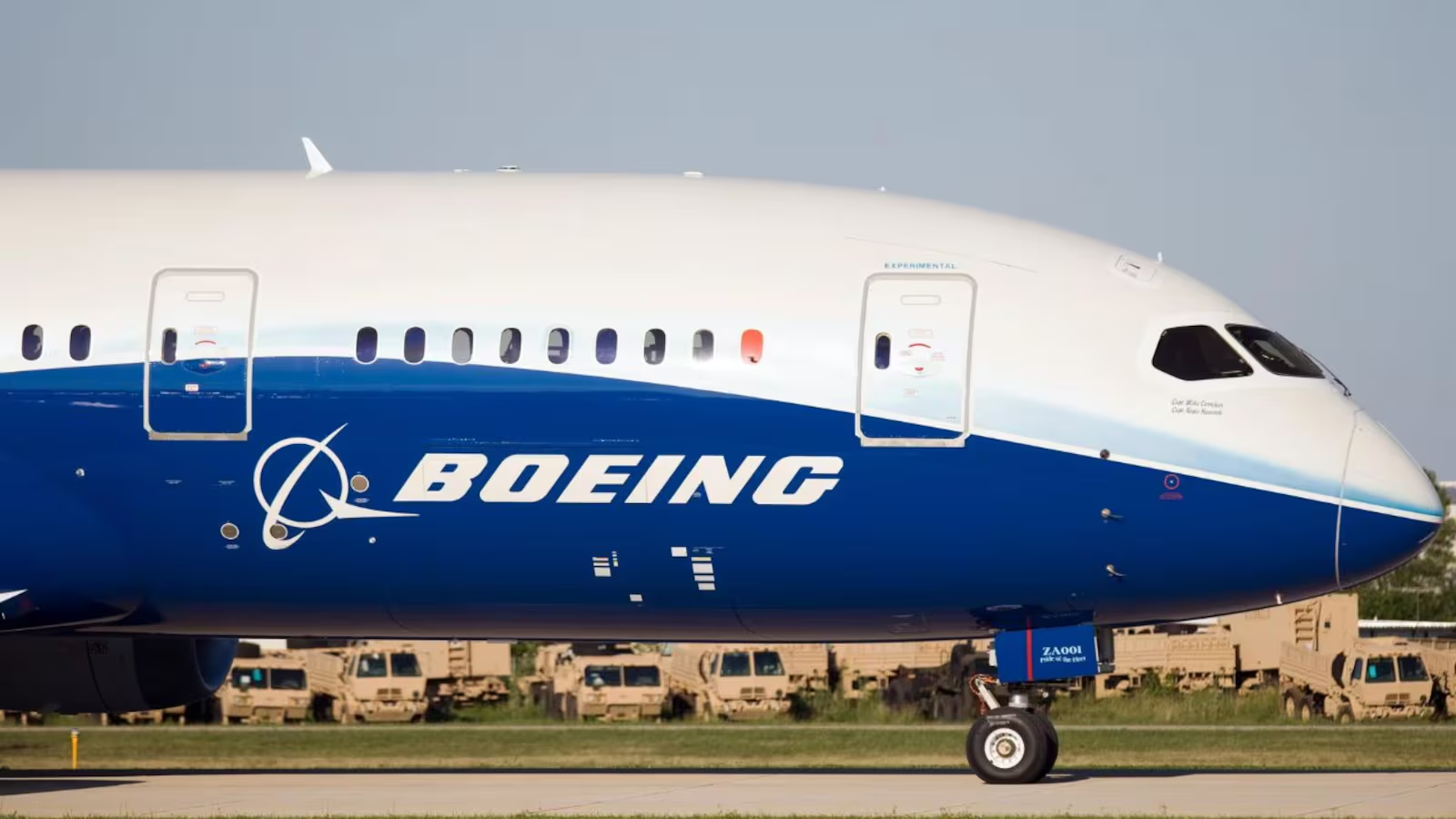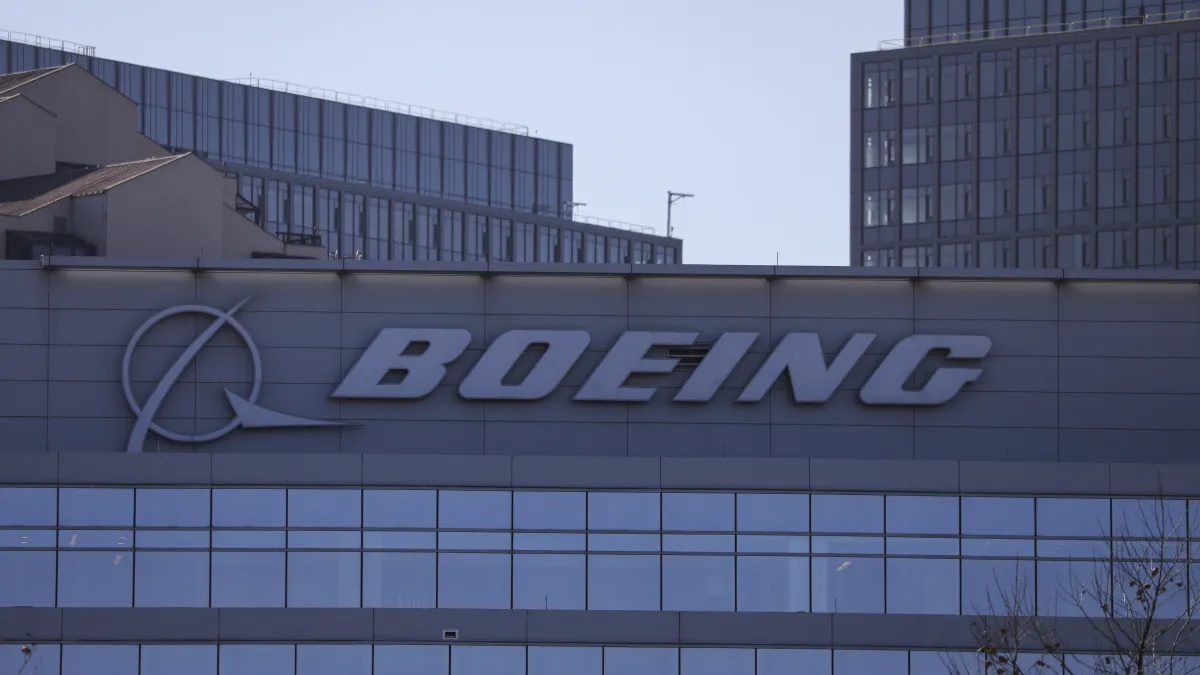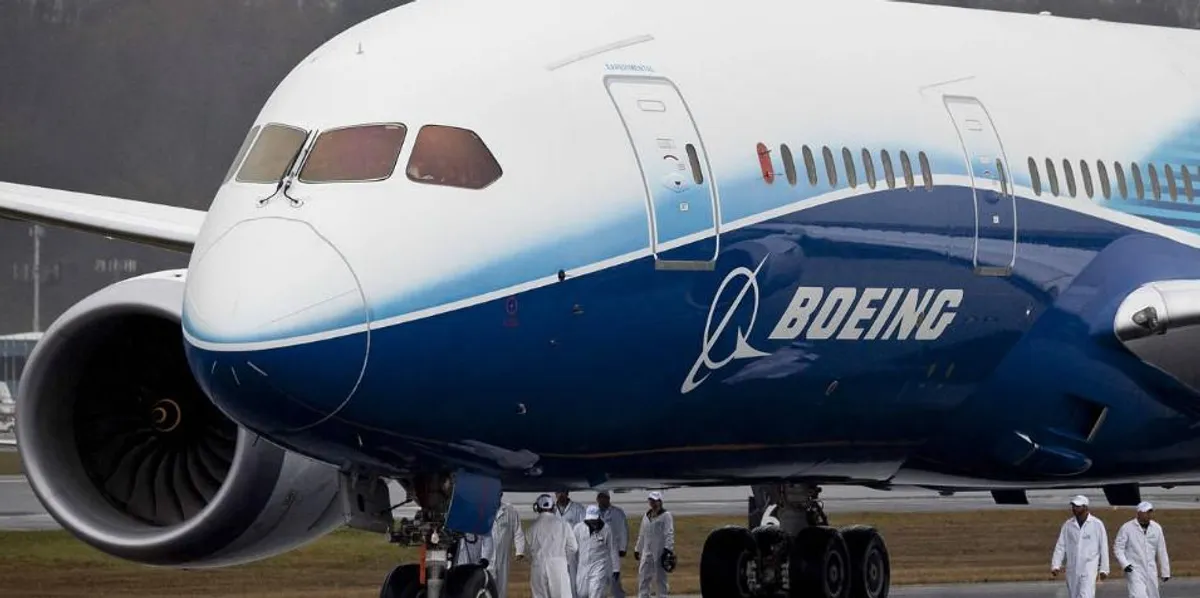Boeing’s financial woes are profound and persistent, with the company reporting a $32 billion loss since 2019. This financial descent is partly attributed to significant safety and quality issues, such as the missing bolts that caused an in-air fuselage blowout earlier this year. Despite these challenges, Boeing maintains a considerable backlog of 5,600 commercial jets worth $529 billion, suggesting a strong ongoing demand for its products.

“Given the dynamics of their place in the industry and the industry itself, they have the luxury of time,” said Richard Aboulafia, managing director at AeroDynamic Advisory. However, the slow production pace to address quality concerns means Boeing is struggling to fulfill orders quickly enough to turn a profit.
Financial Fluctuations and Future Forecasts
While the aerospace giant’s financial health seems dire, Boeing management remains optimistic. CEO Dave Calhoun recently reassured investors about the company’s promising future, citing strong demand and a world-class team ready to tackle the challenges ahead. Yet, with core operating losses totaling $31.9 billion from 2019 to the present, the path to profitability appears daunting.
⚠️ INSURANCES AND BANKS RISK A #BOEING FINANCIAL NIGHTMARE ⚠️
TL;DR: “In worst case scenario projections, $BA problems can result in 200bn$ losses for banks and insurances”https://t.co/AzbDebMz0U
— JustDario 🏊♂️ (@DarioCpx) March 16, 2024
The aerospace manufacturer’s debt has ballooned from $13 billion in 2018 to $48 billion, raising concerns about its ability to maintain an investment-grade rating. Moody’s Ratings warns that the company’s cash flow may not cover upcoming debts, potentially forcing it to issue new debt to manage these obligations.

Competitive Pressures and Strategic Decisions
The aerospace market is notoriously difficult for new entrants, given the enormous capital and time required to develop passenger jets that meet global standards. This barrier has historically benefited Boeing, allowing it some leeway to manage its crises without losing significant market share to new competitors. However, Airbus has capitalized on Boeing’s missteps, significantly outpacing it in both orders and deliveries.
The rivalry extends beyond production rates. Airlines that have heavily invested in Boeing aircraft, like Alaska Air after its acquisition of Virgin America, face high costs if they switch to Airbus, considering pilot certifications and the logistics of maintaining a mixed fleet.

Boeing’s Leadership Transition: Navigating Turbulent Times
With Dave Calhoun set to retire by the end of the year, Boeing’s leadership transition becomes a critical factor in its recovery strategy. The debate between promoting an internal candidate or bringing in an outsider reflects broader concerns about the need for fresh perspectives to address systemic issues.
As the aerospace giant navigates these turbulent times, the industry watches closely. The sector’s ability to innovate and regain its financial footing while maintaining safety and quality will be paramount. Without significant changes, the company risks not just falling behind Airbus but potentially facing a long-term decline, echoing the historical trajectory of once-dominant companies like General Motors.
In this high-stakes scenario, company’s future hangs in the balance, dependent on its ability to stabilize, innovate, and regain the trust of airlines and passengers alike. As the industry evolves, Boeing’s journey will serve as a case study in resilience, adaptation, and the complexities of maintaining leadership in a duopolistic market.


